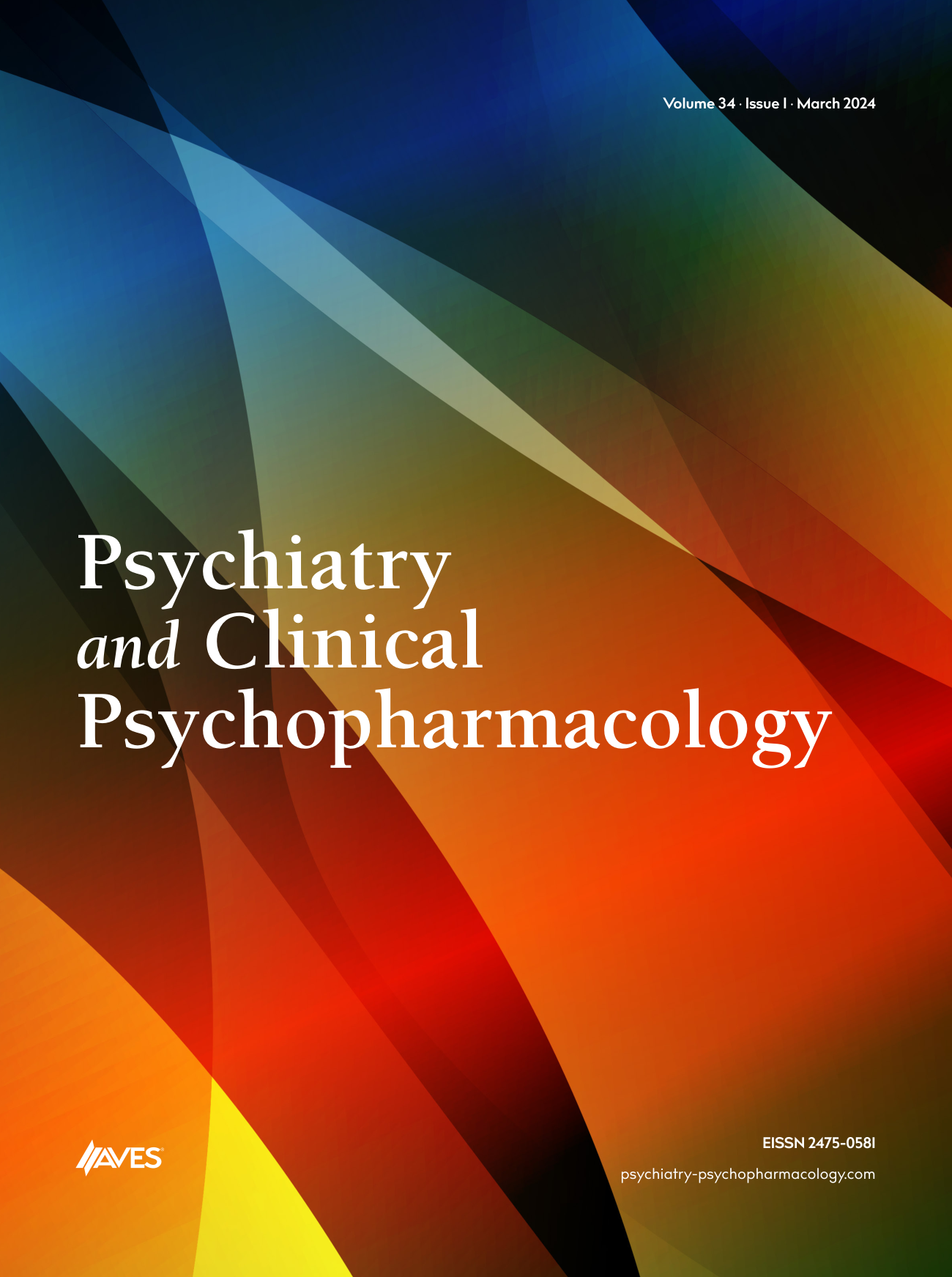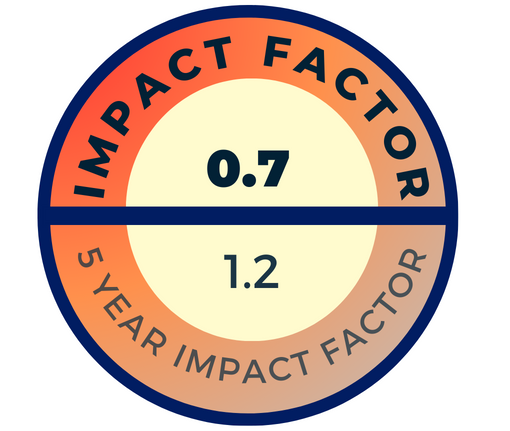Objectives: Understanding of schizophrenia is incomplete and animal models can provide significant insight into mechanisms, outcomes and treatment of the disease. According to hypoglutamatergic/neurodevelopmental hypothesis of schizophrenia, chronic or acute administration of glutamate antagonists can elicit phenotypes in rodents resembling schizophrenia. The present study aimed at assessment of cognitive şexibility and working memory in acute and chronic MK-801-induced animal model.
Methods: Rats were treated systemically with a non-competitive blocker of NMDA receptors. Two administration schedules were used: acute and chronic. In acute experiments, a dose range of 0.05-0.15 administered 30 min prior to testing was used. In chronic experiments, doses 3 and 5 mg/kg were used an animals were tested several days later. Long-Evans rats from the breeding of Institute of Physiology were tested in two cognition tasks, the active place avoidance on Carousel and in the Morris water maze (MWM).
Results: Acute application of MK-801 doses as low as 0.08 mg/kg impaired reversal learning on the Carousel, higher doses (from 0.1 mg/kg) were required to induce a reversal deficit in the MWM. Visuospatial working memory tested in working memory version of Carousel was affected by higher doses (0.12 and 0.15 mg/kg). Administration of high doses (3 and 5 mg/kg) with delayed behavioral testing yielded significant mortality due to the application (cca 10-30% depending on treatment), which contrasted to data from literature and suggest strain-specific increased sensitivity. Delayed testing of surviving animals showed a deficit in acquisition of active place avoidance on Carousel, but the MWM learning was unaffected.
Conclusions: We conclude that association of animal model induction with advanced behavioral testing may provide detailed insight into nature of cognitive deficit in schizophrenia and suggest new ways of treatment of cognitive dysfunctions, which are only barely compensated by contemporary antipsychotics.
Acknowledgements: This work was supported by GACR grant 14-03627S, IGA MZ CR NT13386, AS CR M200111204 and by GACR P304/12/G069. We thank Jan Bures (1926-2012) for scientific education and inspiration.



